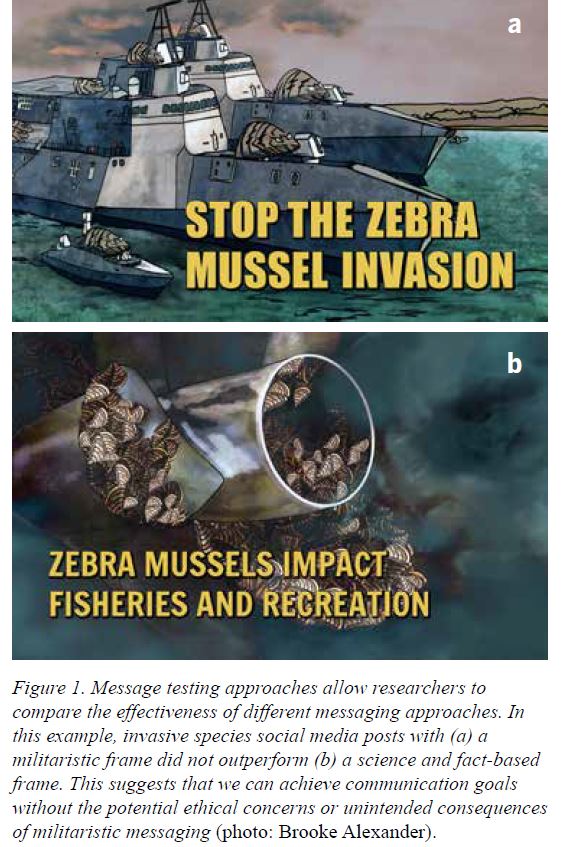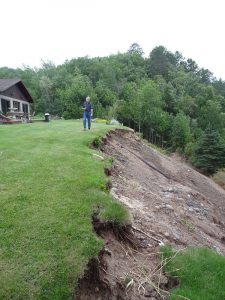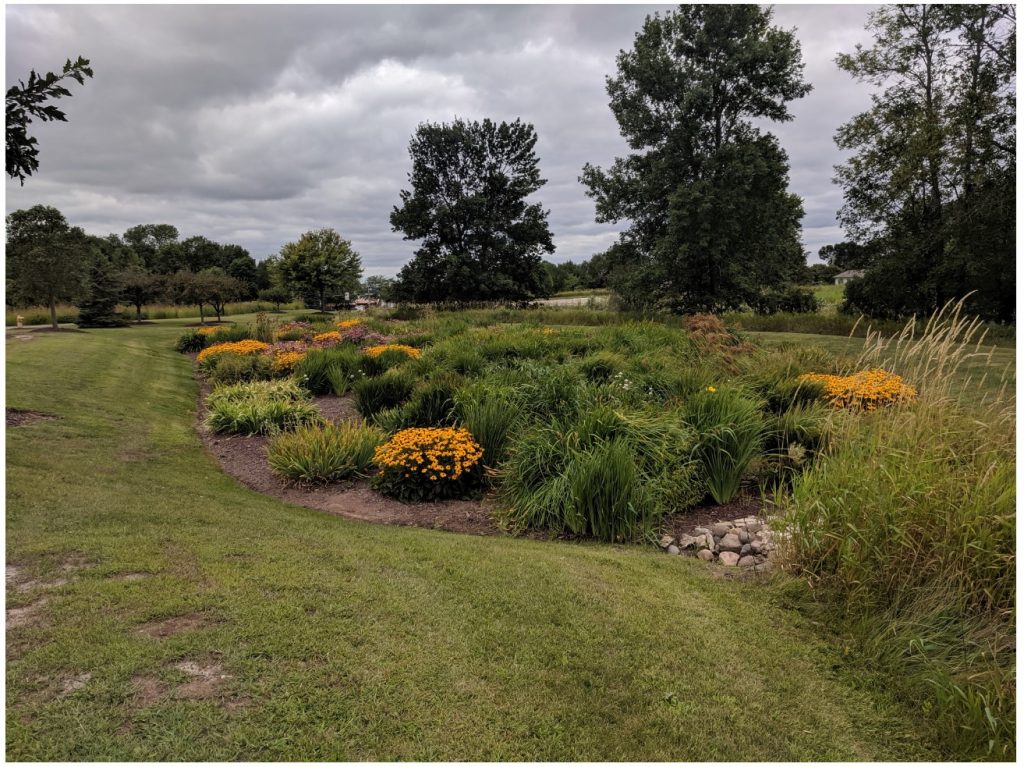DNR warns of invasive species before trout season opens
As the trout season approaches on Saturday, April 29th, the Michigan Department of Natural Resources (DNR) and Environment, Great Lakes, and Energy, are asking anglers to prepare to decontaminate their supplies. According to the DNR, Michigan’s trout streams are under increasing threat from harmful species that affect habitat and food sources for trout and other fish and can be moved to new locations on waders, nets, and gear. Read the full story by WHMI – Howell, MI.
Great Lakes Commission
https://www.glc.org/dailynews/20230428-decontamination-preparation

 Natural resource management issues often boil down to people management issues. When it comes to lake management, people can be hard to predict. They may say one thing but do another. They may think they’re good environmental stewards even though some of their behaviors suggest otherwise. But to make meaningful progress in aquatic invasive species management issues, human behavior must be taken into account.
Natural resource management issues often boil down to people management issues. When it comes to lake management, people can be hard to predict. They may say one thing but do another. They may think they’re good environmental stewards even though some of their behaviors suggest otherwise. But to make meaningful progress in aquatic invasive species management issues, human behavior must be taken into account.






 continue this partnership, we jumped at the chance to work with students on a litter prevention effort. The plan was to have Communities students build and install fishing line receptacles at public fishing locations in the greater Oshkosh area.
continue this partnership, we jumped at the chance to work with students on a litter prevention effort. The plan was to have Communities students build and install fishing line receptacles at public fishing locations in the greater Oshkosh area. Kelly Reyer who runs the Trash Free Waters program at Fox-Wolf, met with the students several times throughout the semester, setting a project schedule and helping to coordinate with the Winnebago County Parks Department.
Kelly Reyer who runs the Trash Free Waters program at Fox-Wolf, met with the students several times throughout the semester, setting a project schedule and helping to coordinate with the Winnebago County Parks Department. members, other Communities students, project partners, and local TV media. The students shared their experience working on this project and were interviewed about their experience by both WLUK Fox-11 and WBAY TV-2.
members, other Communities students, project partners, and local TV media. The students shared their experience working on this project and were interviewed about their experience by both WLUK Fox-11 and WBAY TV-2. waters through targeted campaigns, cleanup events, and outreach and education.
waters through targeted campaigns, cleanup events, and outreach and education.





















